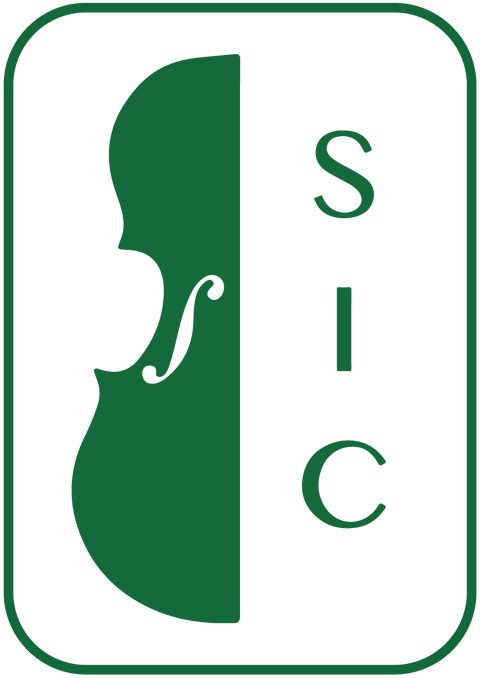Found a Stradivarius?
~ Stradivari, Antonio 1644-1737, a famous Italian violin, viola and cello maker, often shortened to “Strad”.
So you’ve heaved open an ancient trunk at the very back of the garage, and discover a battered old violin case with a violin inside. You take the violin out and hold it up to the light, peering through the f-holes to see what the label says. And lo and behold, it says “Antonio Stradivarius”, or something of the sort.
Does this mean you have an extremely valuable violin in your hands? Before you start jumping for joy, take a deep breath and read this:
Hundreds of thousands of factory violins made in the 19th and 20th centuries have fake Stradivarius labels glued inside them. Have another look at the label. Most of the 19th century copies don’t bother to mention a country of manufacture, but if it says, “Made in Germany” or “Made in Czechoslovakia” along the bottom, then you can be very certain it’s very definitely not a Strad.
It doesn’t mean it’s not a good violin, though – fake Strad labels appear in all sorts of violins, from very basic student instruments to quite good quality ones.
If you’d like to know more about your violin, bring it in to show Cath Newhook at The Stringed Instrument Company Ltd, or take it to another reputable violin repairer or dealer. Even if the label means nothing, the style, workmanship and materials can all give clues as to where and when the instrument was made.
Immigrants brought a large number of violins to New Zealand during the 19th century and before the First World War, and many are still sitting forgotten in basements and garages.
Once in a while, one of them turns out to be very valuable – you never know! But do pour yourself a large mug of steaming-hot reality tea before you get your hopes up…
